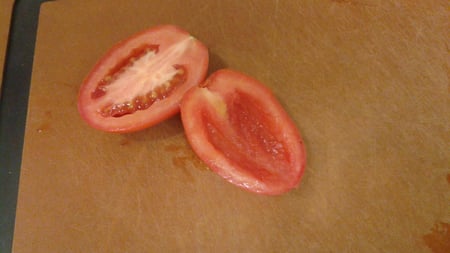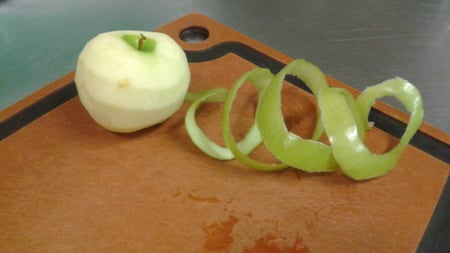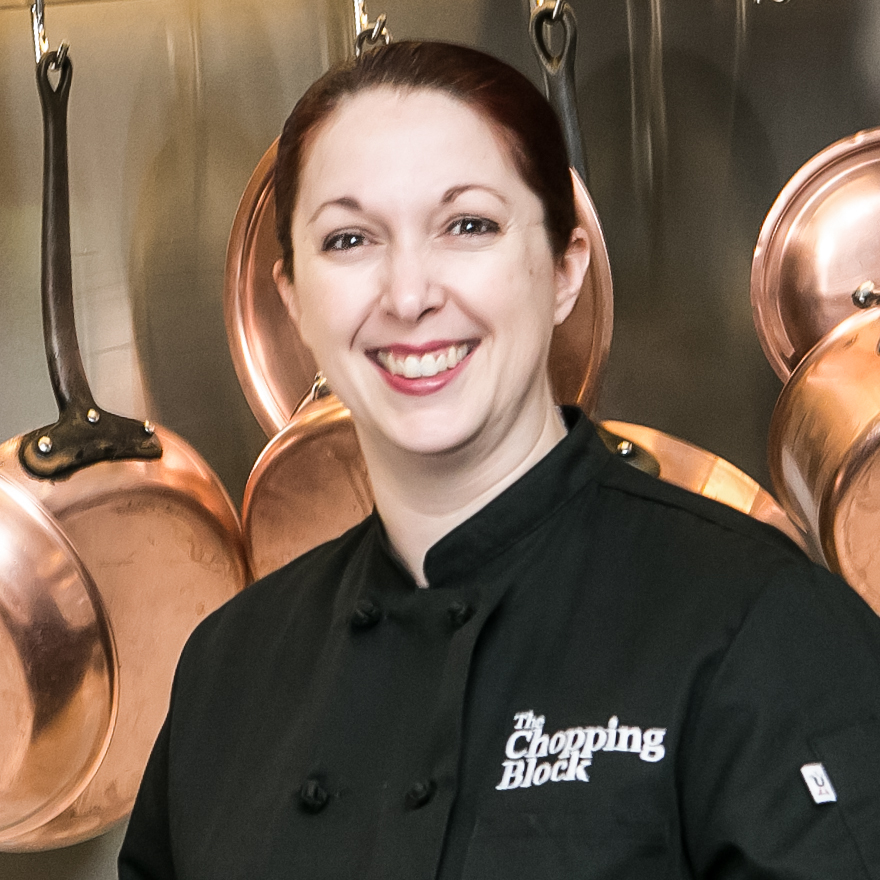When people are learning to cook, they learn about flavors. What goes together, what does not. How different cooking techniques can lend different flavors to the same ingredient. The more advanced cooks will also learn how to balance these flavors so that there is no single flavor overpowering the dish. Once they have mastered flavors, they can then call themselves a great cook.
However, there is one thing that separates the great cooks from the exceptional cook: texture. It is that final tweak that will put a dish over the top. As cooks, we must always learn to incorporate texture in our dishes. Since we eat with all five senses, it is the simplest way to satisfy our “feel” sense (as most of us do not eat with our hands, at least for a nice meal). Adding a handful of nuts to a salad makes it a much more satisfying meal. You can add fried shallots or leeks to a dish, or my personal favorite – sprinkle some crumbled bacon on top. You can also simply cook an item in a way that would give you both crunch and soft (think roasted potatoes).
But, as much as we think about what to add to a dish, we often overlook what to take away. This can often be the most important thing. Some things that are texturally inappropriate we naturally remove – seeds from peppers, the rind from parmesan. Some things take effort, yet we still remove them – think about the skin being peeled off a roasted pepper. You have to burn the skin to remove it, but in the process you also add flavor.
There are other things that are often overlooked. The stems from most herbs are indeed edible. You won’t get sick, and they do have a lot of flavor. But they are – you guessed it – texturally inappropriate. They are tough and woody. The seeds from a tomato are also often left in. But not only are they bitter, but they also can be wet, adding too much moisture to a dish (making things soggy – which is unappealing) or can add an almost slimy, unappealing component to a dish.

Trimming some fat (not all – fat can equal flavor!) can prevent an odd chewiness from forming in your meat. Removing the skin from apples before they are cooked can prevent a leathery texture in your desserts.

In the end, you simply need to remember to think about texture while you are cooking, not just flavor. Every time you add an ingredient, consider all of the components of that ingredient and ask yourself – is this texturally inappropriate?
These are the types of conversations we have in The Chopping Block's interactive demonstration Cooking Lab classes, especially our upcoming Flavor Dynamics.












